In January, when the Google eBooks/indie bookstore
partnership had been launched for about a month,
I wondered how quickly it was catching on and how people were doing their
e-reading in general. The answer is of no small interest to independent
booksellers--as Verso's 2010 Survey of Book-Buying Behavior reported, indies
have more mindshare than the chains or online retailers. The question du jour is how to turn that mindshare into
marketshare, and the Google/ABA partnership could be part of the answer. With
all that in mind, I decided to conduct a survey of my own. Primarily via
Twitter and tumblr, I sent out a four-question survey:
- Where do you get your e-books?
- What device(s) do you use to read e-books?
- What is your favorite thing about e-books/e-reading?
- What is your least favorite thing about e-books/e-reading?
Fast forward to earlier this month, when the ABA announced
that Google would become the exclusive supplier of e-books for IndieCommerce
stores. I realized that I had never reported back on the results of the survey--and
that, if I ran it again, there might be some interesting shift. The surveys netted slightly over 200 respondents each.
Because the survey was created to be anonymous, there's no way to tell how many
of the respondents answered both. It's safe to assume some overlap, because it
was sent out to the same initial group of readers (i.e., anyone who follows me
on Twitter or tumblr), but one of the beauties of the Internet is the ripple
effect--retweets and reblogs meant that it reached readers not in my immediate
circle. Keep in mind the following: the surveys took into account that people
get their e-books from more than one place and read on more than one device, so
percentages add up to more than 100%; there was an "other" option on
questions 1 & 2, but that data obviously doesn't map nicely so it's
excluded here. You can see a summary of the responses, along with qualitative
data, here.
.png)
It's nice to note that in just three months the number of
folks getting their e-books from indies using Google has nearly doubled, and as
more stores experiment with promoting e-books that number is bound to grow.
Additionally, the now widespread use of agency pricing (between these two
surveys Random House joined the ranks)
will make pricing less of an issue and, hopefully, encourage more folks to buy
where they shop. Another interesting increase is the use of library e-books,
especially in light of the recent kerfuffle over HarperCollins's move to
restrict the lifespan of library files.
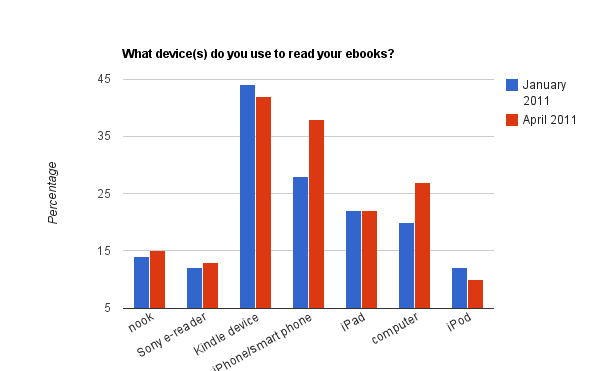
As you can see, usage didn't shift much on e-reading
devices, except for smartphone use (+10%) and computer use (+7%). The first
one is, I think, less surprising than the second. As folks get used to the idea
of multitasking with their phones and as reading apps get better and more
widely available, this number is bound to continue increasing. I was surprised
to see that desktop reading is up--you couldn't pay me enough to spend any more
time sitting in front of my computer than I already do. But for some,
particularly those who don't want to invest in a fancy uni-tasker that will
probably be out of date within months, if not weeks, a computer is a safe and
easy choice. It has also taught me that I know next to nothing about the
desktop e-reading options--more coming on that in a future column. I would like
to get excited about the fact that Kindle use is down a little bit, but I don't
trust it to be anything more than variation in respondents from the first
survey to the second.
I was fascinated by what people chose for their single
favorite and least favorite thing about e-reading. Unsurprisingly,
convenience/portability was a clear winner (68% in January; 64% in April), with
immediate access/gratification second (20% both surveys). On the first survey,
what I call the "wonders of technology" (font resizing, backlighting
for reading in bed, flexible viewing options, etc.) came in at around 10%, but
was less than 5% three months later.
Readers' least favorites were more split. Formatting and
feature issues (in particular pagination and lending) were in the lead at 29%
and 24%; 18% and 20% of people missed the physical object (I hear ya!), and the
inevitable failures of technology (recharging, reading on a screen, can't get
it wet, etc.) came in at 17% and 18%. DRM went up from 11% to 18%, and pricing
from less than 5% to 7%.
The second time around, many people were particularly upset
about geographical restrictions, and across both surveys readers are frustrated
by their lack of ability to lend (all of which I counted as a vote against DRM
in the above percentages). While there are new sites like eBook Fling designed to help you legally share with folks you don't know, users want to be
able to lend to their friends and family, regardless of device. In terms of
format/feature issues, readers are most peeved by lack of covers and
pagination.
The various mentions of DRM on the first survey got me
wondering, so I added an optional fifth question to the second survey: please
define DRM in your own words. Roughly 60% answered, and 52% made a serious
attempt to answer (I did appreciate the more lighthearted responses, "Dreamy
Real Men" being a personal favorite). The response was overwhelmingly
negative, as you might expect. For both laughs and sighs, you can read the
variety of answers on the fourth tab of the public spreadsheets. I encourage
publishers in particular to take a look--you might be surprised by what you
see.
While these results are by no means scientific, they
illustrate some of the present realities of e-reading. Amazon, both with its
app and its device, is largely in the lead; piracy has a presence (but a very
small one); and libraries are playing an increasingly important role. Devices
for the most part are holding steady, but more and more readers are turning to
their most integrated technology (i.e., phones and computers) for their e-book
needs. Of course, who knows what that will look like in another three months--maybe
I'll run the survey again and find out!--Jenn Northington







 On Friday, Judge Martin Glenn of the U.S. Bankruptcy Court in Manhattan signed off on an amended executive bonus plan submitted by Borders Group (
On Friday, Judge Martin Glenn of the U.S. Bankruptcy Court in Manhattan signed off on an amended executive bonus plan submitted by Borders Group (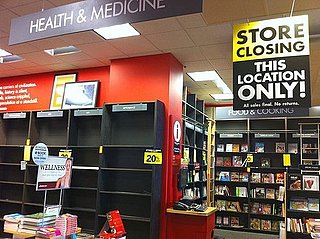 "Anthropologists eager to study the trappings of a dying culture should
head straight to the corner of Park Avenue and 57th Street in New York
City," wrote author Bill Morris in the
"Anthropologists eager to study the trappings of a dying culture should
head straight to the corner of Park Avenue and 57th Street in New York
City," wrote author Bill Morris in the 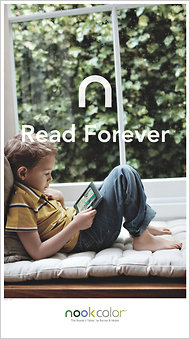 Barnes & Noble is "reintroducing" the Nook Color to consumers with a new ad campaign launching today. The
Barnes & Noble is "reintroducing" the Nook Color to consumers with a new ad campaign launching today. The 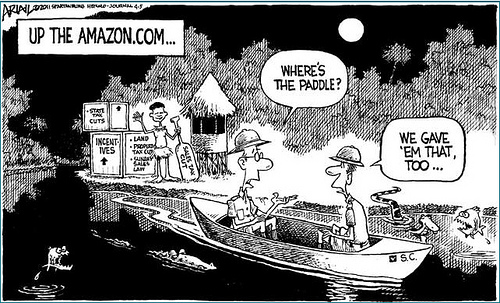
 After 33 years in business, Through the Looking Glass bookstore, Glenwood Springs, Colo., will close at the end of what the
After 33 years in business, Through the Looking Glass bookstore, Glenwood Springs, Colo., will close at the end of what the 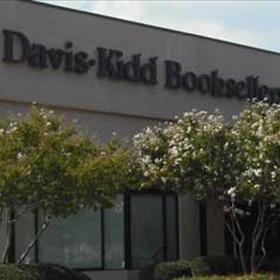 A hearing to seek approval of the auction results is scheduled for Wednesday at bankruptcy court in Lexington, but reaction in Memphis has been strong and survival alternatives are being debated in the press.
A hearing to seek approval of the auction results is scheduled for Wednesday at bankruptcy court in Lexington, but reaction in Memphis has been strong and survival alternatives are being debated in the press.  Complicating the issue is the fact that Prewitt was part of the financing team behind the auction bid of Joseph-Beth's founder Neil Van Uum "and the only other bidder intending to keep the stores open," reported the
Complicating the issue is the fact that Prewitt was part of the financing team behind the auction bid of Joseph-Beth's founder Neil Van Uum "and the only other bidder intending to keep the stores open," reported the 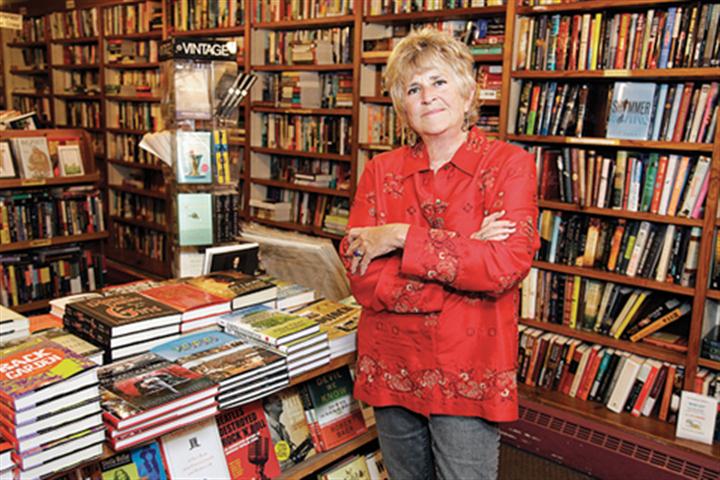 Ellen Shapiro, a founding owner of the Golden Notebook
Bookstore, Woodstock, N.Y., died on April 5 after a long illness. She
was 66.
Ellen Shapiro, a founding owner of the Golden Notebook
Bookstore, Woodstock, N.Y., died on April 5 after a long illness. She
was 66. "Looks like I'll be writing the Battle of the Blackwater. David [Benioff] & Dan [Weiss] give me the easy stuff," George R.R. Martin wrote last week on his
"Looks like I'll be writing the Battle of the Blackwater. David [Benioff] & Dan [Weiss] give me the easy stuff," George R.R. Martin wrote last week on his  Director Oliver Stone's "killer cast" for Savages, adapted from Don Winslow's bestselling novel, may include the Pulp Fiction reunion of John Travolta and Uma Thurman.
Director Oliver Stone's "killer cast" for Savages, adapted from Don Winslow's bestselling novel, may include the Pulp Fiction reunion of John Travolta and Uma Thurman. 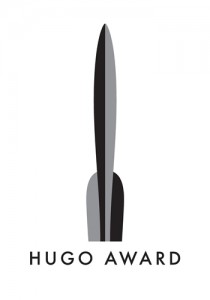 Nominees for the
Nominees for the 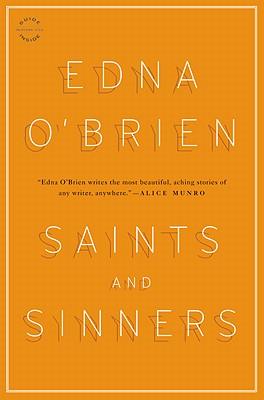 Joyce, Trevor, Toíbín. One could be forgiven the belief that all of the
greatest Irish short story writers are men. But a few hours with Edna O'Brien's
latest collection, most of them set in her homeland, is the ideal antidote to
that unwarranted conclusion.
Joyce, Trevor, Toíbín. One could be forgiven the belief that all of the
greatest Irish short story writers are men. But a few hours with Edna O'Brien's
latest collection, most of them set in her homeland, is the ideal antidote to
that unwarranted conclusion.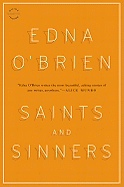
.png)
